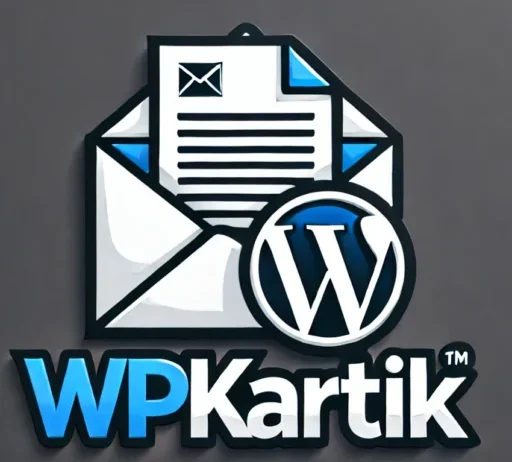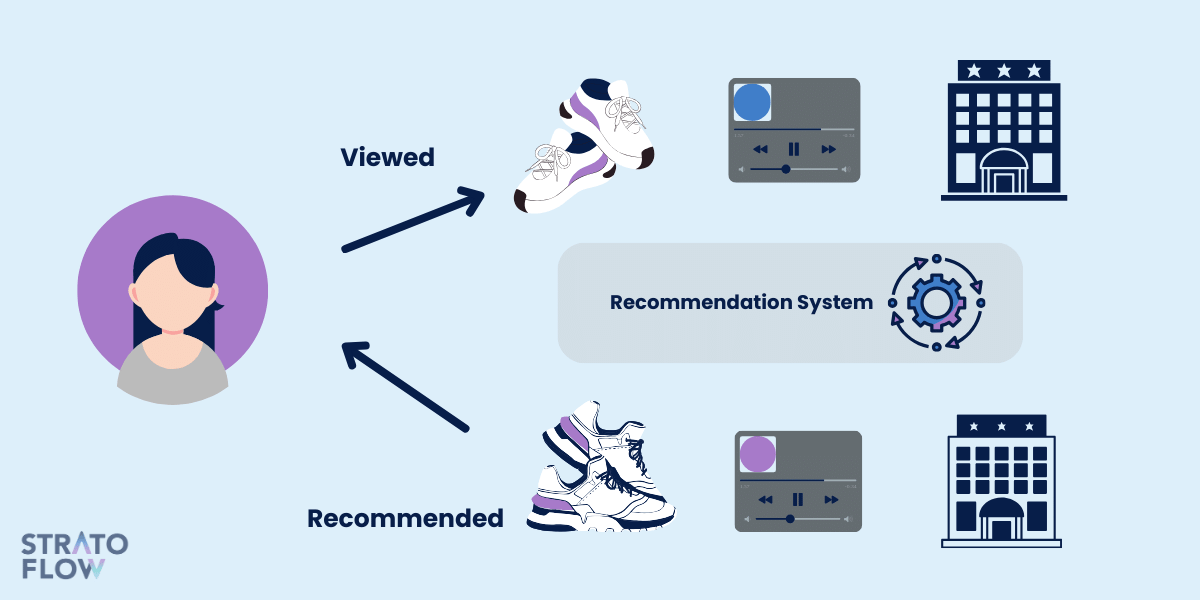Last updated on July 4th, 2025 at

Kartik Sharma ✅
Reviewed by Email Marketing Expert
Kartik Pandit, Founder of WPKartik
6+ years of experience helping businesses boost revenue through high-converting email campaigns.
Frustrated with low open rates and weak conversions?
You’re not alone. Even well-crafted emails can miss the mark without the right approach.
The fix? Personalized email marketing.
When done right, email personalization can turn things around—boosting engagement and driving real results. But does a personalized email really make that big of a difference?
In this post, I’ll share the exact personalized email strategy that helped me increase my conversion rate by 40%. You’ll learn what actually works, what doesn’t, and how to apply it to your own campaigns for better performance.
![What Is Email Personalization? Benefits & Tactics [2025]](https://moosend.com/wp-content/uploads/2021/12/email-personalization-metrics.png)
What Is Email Personalization?
Email personalization means sending emails that feel made for the person who receives them.
Have you ever received an email that felt like it was written just for you? That’s email personalization—and it’s one of the most powerful ways to connect with people through email.
Instead of sending the same message to everyone, you adjust the email to match each person. This makes your message feel more personal, more relevant, and more likely to get attention.
Here’s how it works:
Use their name: People respond better when they feel recognized. Starting with “Hi Sarah” feels warmer than “Hello.”
Send emails based on actions: If someone looked at a product but didn’t buy it, you can gently remind them.
Show what matters to them: You can change parts of the email—like images or offers—based on what they like.
Recommend useful products: If someone bought a phone, you might suggest a case or charger they’ll need next.

Why Email personalization Matters in 2025
With so many emails flooding inboxes every day, how can you make sure yours get noticed?
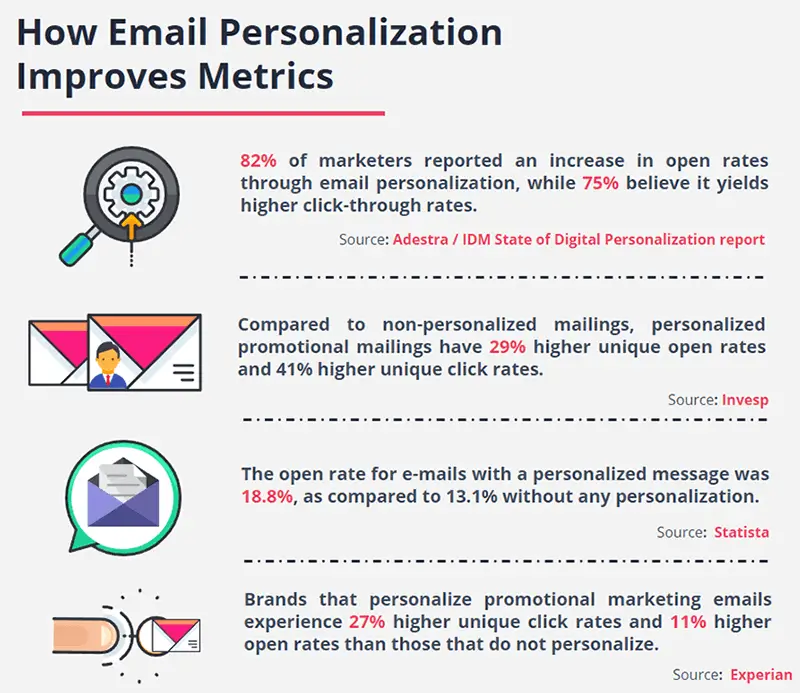
The answer is simple: personalization. When your emails feel relevant and speak directly to the person, they’re much more likely to open them, read them, and take action.
People want to feel understood. Personalized emails show that you recognize their needs, preferences, or actions.
Technology makes it easier than ever. With the right tools, you can send the right email at the perfect time to the right person—automatically.
Personalized subject lines work. Emails with the recipient’s name in the subject line are opened 21.2% more often. (Optinmonster)
When you use email personalization, you build trust, create better experiences, and see better results.

Email Personalization – 10 Proven and Actionable tips
1. Collect Necessary Data for Email Personalization
To send personalized emails that resonate, you need the right data. It helps you create relevant content that drives better results.
What You Need to Collect:
Basic Subscriber Information
What to collect: Name, age, gender, location.
Why: This helps make your emails feel more personal. You can use their name in the greeting or send offers based on where they live.
2. User Behavior
What to collect: What products they look at, add to their cart, or buy.
Why: Knowing what products they like helps you suggest other things they might want to buy. If they looked at a product but didn’t buy it, you can remind them.
3. Engagement Levels
What to collect: How often they open your emails and click on things inside.
Why: This helps you see who is interested in your emails and who isn’t. You can send special emails to people who haven’t opened your emails in a while to try and get them interested again.
4. Purchase History
What to collect: What they’ve bought and how often they shop.
Why: If you know what they’ve bought before, you can suggest things they might like. For example, if they bought a phone, you can send them an email about phone cases or chargers.
2. Segment Your List Based on Behavior and Demographics
Segmenting your email list allows you to send the right emails to the right people. This helps get more people interested and leads to more sales because you’re sending content that matters to each group.
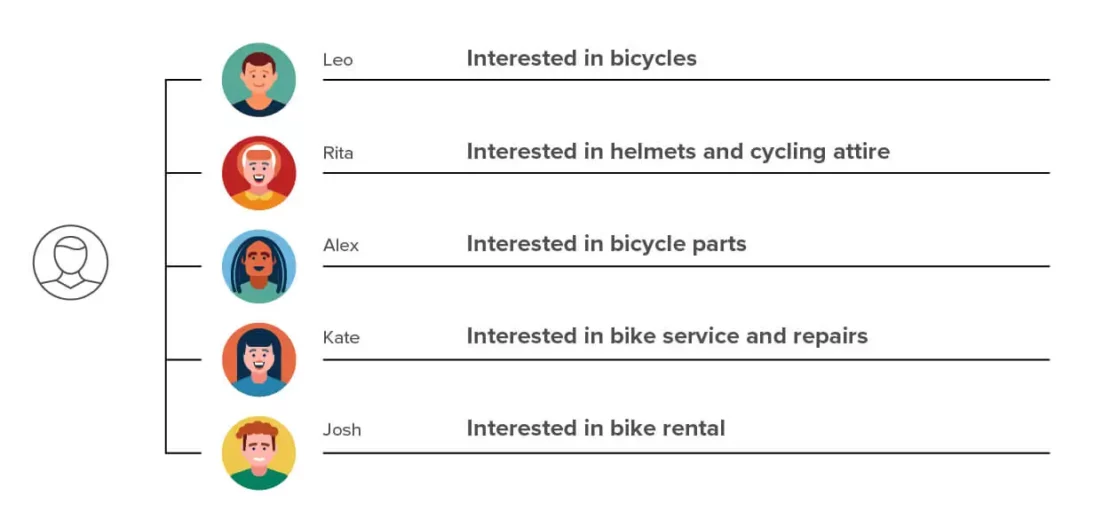
How to Do It:
Segment by Purchase History:
Send suggestions for products based on what they’ve bought before.Example: If someone bought a fitness tracker, send them offers for fitness accessories like bands or chargers.
2 Segment by Engagement Level:
Separate people who regularly open your emails from those who don’t.
Example: Send a special offer to people who haven’t opened your emails recently to try to get them interested again.
3. Segment by Demographics:
Group people by things like age, gender, or where they live.
Example: Send men’s clothing offers to male subscribers and women’s clothing offers to female subscribers.
3. Optimize Subject Line for Email Personalization
The subject line is the first thing your readers see. A personalized subject line helps your email stand out and can make it more likely to be opened—up to 50% more! When your email feels personal, people are more likely to click and read.
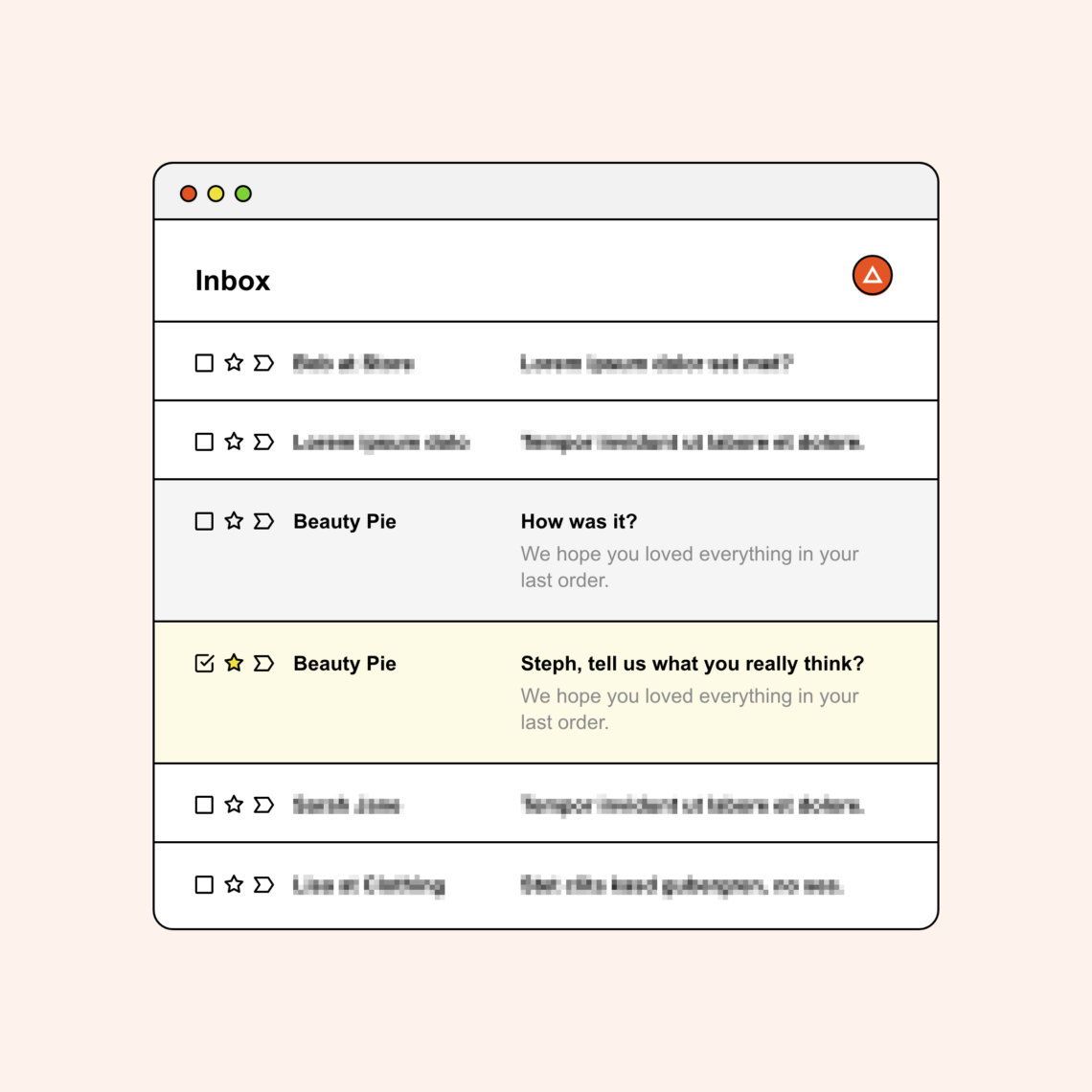
What You Need to Do:
1. Use the Person’s Name:
Why: When you use someone’s name in the subject line, it grabs their attention and makes the email feel special. It shows you’re talking directly to them, not sending a generic message.
Example:
“Hi [First Name], here’s an offer just for you!”
By addressing them by name, the email feels more like a personal message, increasing the likelihood they’ll open it.
2. Mention Something They’ve Done or Liked:
Why: When you reference something a person has already done or shown interest in, it makes the email feel more relevant and timely. This personal touch can remind them of their previous actions, making the email feel more meaningful.
Example:
“[First Name], you left something in your cart!”
If they’ve added items to their cart but didn’t check out, reminding them can spark their interest again. It feels like you’re paying attention to their behavior.
3. Add a Sense of Urgency:
Why: When you tell the reader that something is time-sensitive, they are more likely to open the email right away. People don’t want to miss out on a good deal, so urgency encourages immediate action.
Example:
“[First Name], your 20% off ends soon!”
This creates a sense of urgency, encouraging the reader to open the email quickly before the offer expires.
4 Show What’s In It for Them:
Why: People want to know what they’ll gain from opening your email. Make sure the subject line clearly communicates what’s in it for the reader—whether it’s an exclusive offer, a personalized deal, or useful information.
Example:
“[First Name], your exclusive offer is here!”
By highlighting the benefit right in the subject line, the reader understands exactly why they should open the email.
5 Keep It Friendly and Casual:
Why: A warm and friendly tone helps build a connection with your reader. If the subject line feels too formal or robotic, it’s less likely to get a positive response. A casual, friendly approach can make your email seem more human and approachable.
Example:
“Hey [First Name], we’ve got new deals for you!”
A casual “Hey” makes the email feel personal and engaging, like you’re talking to a friend rather than a business.
4. Personalize the preheader text
The preheader text is the short line that shows up next to or under the subject line in someone’s inbox. It gives people a quick preview of what your email is about. When you personalize it—like using their name or mentioning something they like—it makes them more curious and more likely to open the email.
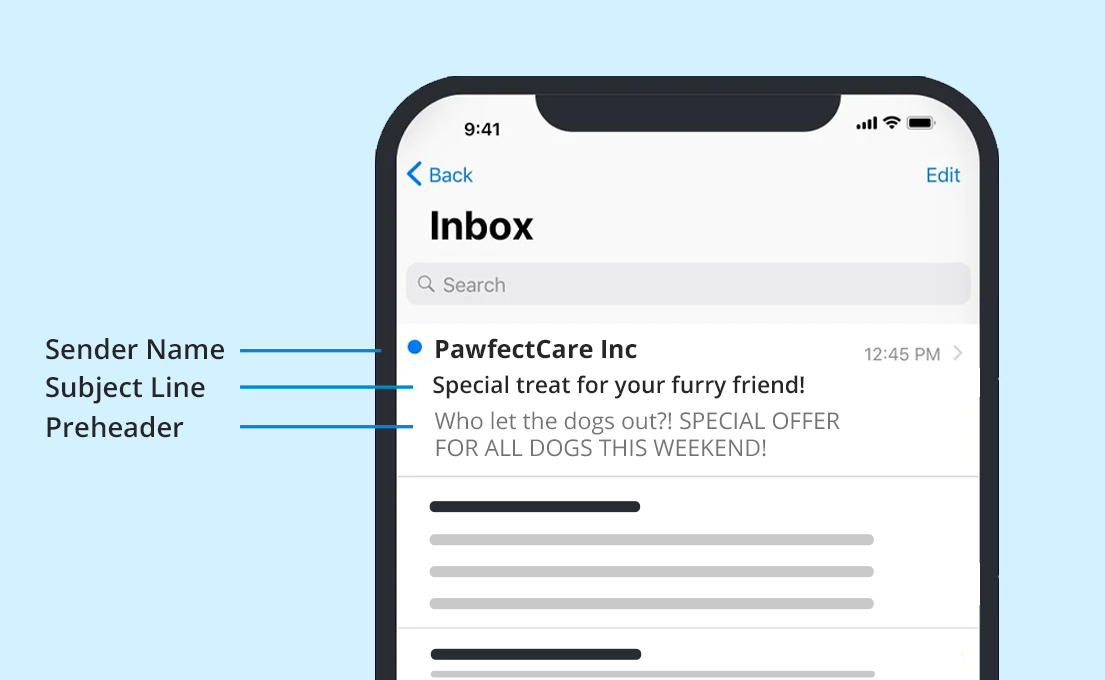
What You Need to Do:
Use Their Name or Something They Did
This makes the preview feel personal and shows the email is meant just for them.
Example: “Sarah, we picked these just for you.”
Make It Match the Subject Line
The preheader should support or add more detail to the subject. This helps keep the message clear and useful.
Example:
Subject: “You left something in your cart!”
Preheader: “Grab it now before it’s gone, Sarah!”
Highlight a Benefit or Offer
Show the reader why opening the email is worth their time.
Example: “Get 20% off your favorites today only.”
Keep It Short and Clear
Most inboxes only show a small part of the preheader, so use simple words and get to the point quickly.
Example: “Your new picks are waiting—check them out!”
5. Use the Recipient’s Name and Their Interests in the Body of the Email
When you use someone’s name and talk about things they like, the email feels more personal. It’s not just another generic message—it’s like you’re speaking directly to them. This makes them feel special and more likely to open the email and read what you’ve got to say!

What You Need to Do:
1 Say Their Name in the Email
Why: Using their name makes the email feel personal and like you’re talking to them directly. It shows that it’s not just another automated email sent to hundreds of people.
Example:
“Hi [First Name], we have something special for you!”
By greeting them by name, it immediately feels more like a one-on-one conversation.
2. Talk About Things They Like
Why: When you mention something they’ve shown interest in before, it lets them know you remember them. It also makes the email feel more relevant to what they care about.
Example:
“We saw you like our [Product Name]. Here’s something just for you!”
This feels more like a personal message because you’re referencing something specific to them.
4. Show Them Things They Might Want
Why: If they’ve liked or bought something before, you can recommend similar items they might enjoy. It helps them discover new things they’ll love, based on their past interests.
Example:
“Since you got [Product Name], we think you might also like [Related Product].”
This makes the email feel more thoughtful and useful, as you’re giving them ideas for things they might enjoy next.
5. Make It About Them
Why: Keep the focus on what they like and what matters to them. The more the email speaks directly to their interests, the more likely they are to engage with it.
Example:
“Because you like [Product], we picked some other cool things you might love.”
This approach makes it clear that the email is tailored to their preferences, increasing the chances they’ll open and act on it.
7. Personalize Send Time Based on Activity
Sending emails at the right time helps ensure they’ll be opened. If you know when someone is most likely to check their email, you can send your messages at that time, increasing the chances they’ll read and respond to them. This improves engagement and response rates!
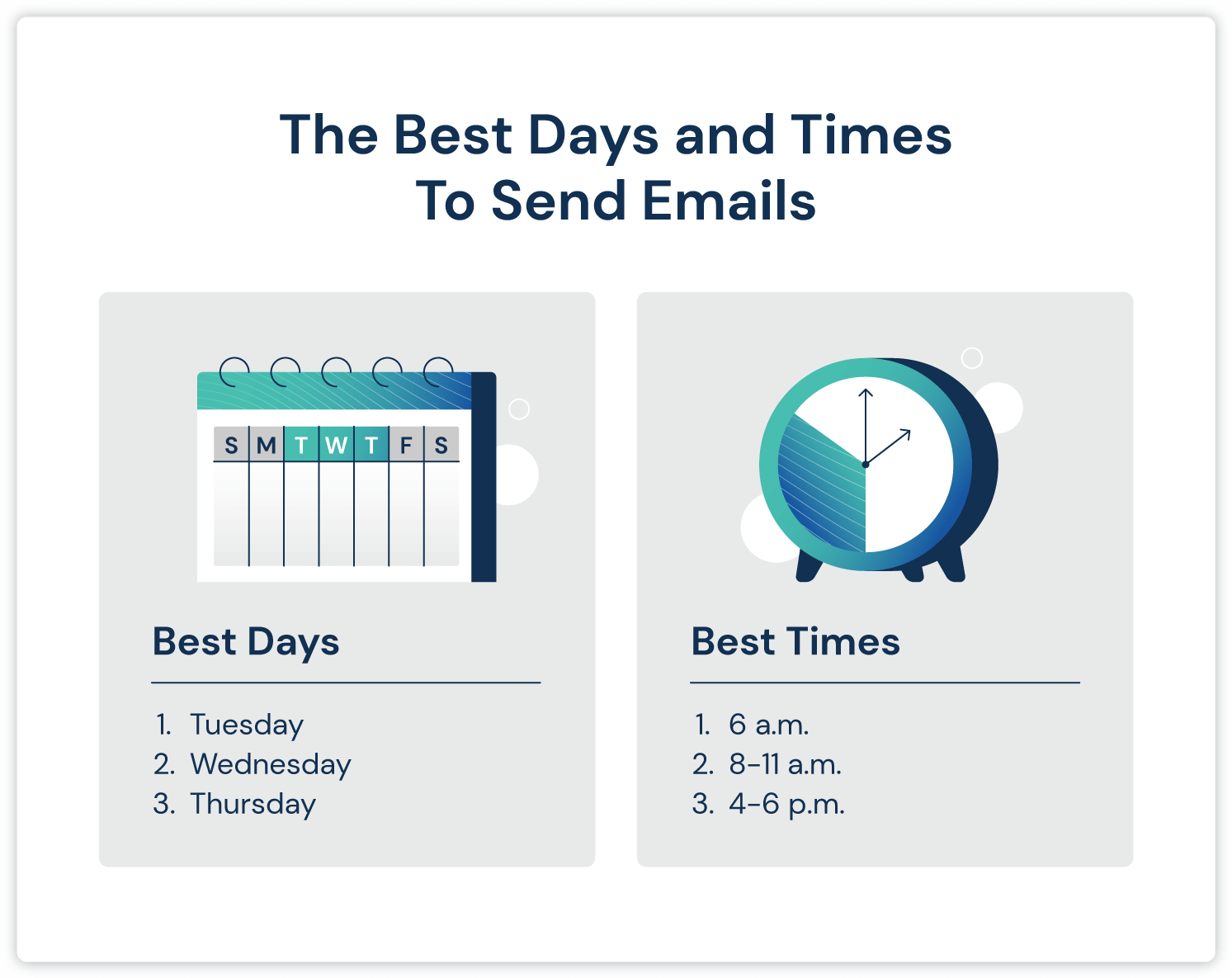
What You Need to Do:
1. Track User Activity
Why: Pay attention to when your audience opens your emails or takes action (like visiting your website). This helps you figure out the best time to send emails.
Example: If you notice that someone often opens your emails in the morning, that’s a clue that it’s the best time to send future emails to them.
2. Send Emails at Peak Times
Why: If you know when a person is most likely to be checking their email, schedule your messages to arrive around that time. This way, your emails are more likely to get opened and read.
Example: If a user tends to check their email in the evening, send your emails in the evening to match their routine.
3. Use Automation to Time It Right
Why: Automation lets you schedule emails to be sent at the perfect time, based on when your audience is most active.
Example: If you’ve learned that your customers usually open emails in the morning, set up an automated system to send your emails at 8 AM, so they arrive when they’re most likely to be checked.
8. Personalize graphic assets in your emails
When you use personalized graphics and GIFs, it makes your email feel special to the person reading it. This helps grab their attention and encourages them to click or buy. The right picture or GIF can make your email more fun and more likely to be remembered.
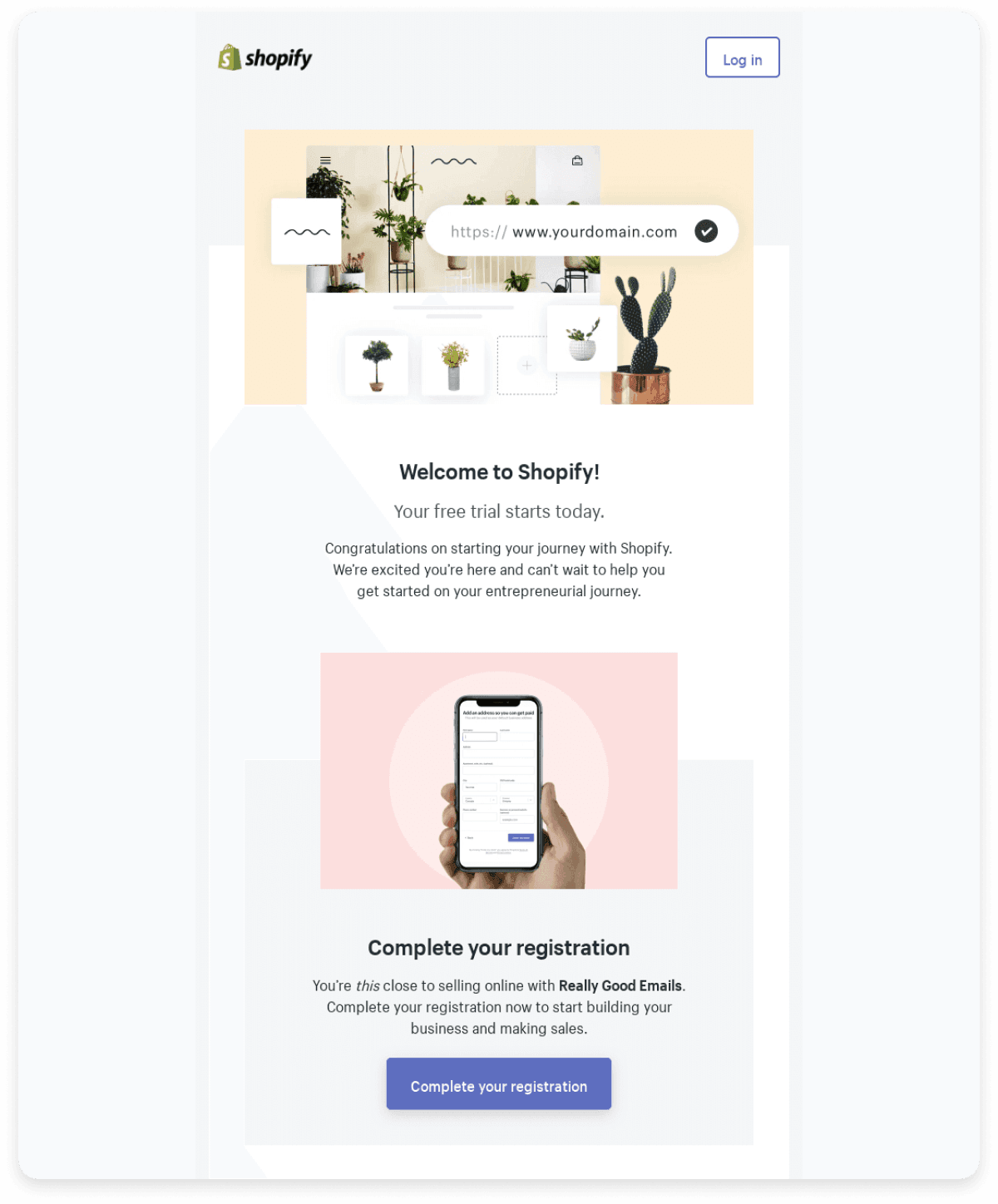
What You Need to Do:
Use Personalized Graphics for Offers or Discounts
Graphics that show special offers just for them feel more exciting.
Example: If it’s their birthday, include a birthday-themed image that says “Happy Birthday [First Name], enjoy 20% off!”

Add GIFs that Match Their Interests
GIFs make emails feel more fun. If you match the GIF to what someone likes, they’ll enjoy the email more.
Example: If they like fitness, add a moving image (GIF) showing someone exercising or using gym gear.
Use Graphics That Change Based on Actions
You can show different pictures based on what someone has done, like looking at a product but not buying it.
Example: Show the item they viewed with a small message like “Still thinking about this?”
Match the Design to Their Likes
Try to use images and colors that match the person’s style or preferences.
Example: If they usually look at blue items or summer clothes, include images that show similar things.
10. Do AB testing with email personalisation
A/B testing helps you find out what kind of personalized emails work best. By testing two versions of the same email (with one small change), you can see which one gets more opens, clicks, or sales. This helps you improve your emails over time and send what your audience actually likes.
What You Need to Do:
Test Different Subject Lines
Try one subject line with the reader’s name and another without.
Example:
Version A: “John, your special offer is here!”
Version B: “Your special offer is here!”
Test Personalized vs. Non-Personalized Content
Send one version with personal product suggestions, and another with general ones.
Example:
Version A: “Based on your recent order, here’s what you might like next.”
Version B: “Check out our most popular items.”
Test Send Times Based on Behavior
Try sending one email at the usual time, and another at the time the user is most active.
Example: If they often open emails at 7 PM, test that vs. your regular schedule.
Measure What Works Best
Track which email version gets more opens, clicks, or purchases. Use this info to keep improving your emails.
Email Personlization – Let’s finish it
If your emails aren’t getting the attention or results you want, personalization might be the missing piece.
By using simple but powerful strategies—like mentioning your reader’s name, sending emails based on their actions, and showing them things they actually care about—you can turn your emails into messages people want to open.
You don’t need to do everything at once. Start small: segment your list, test a personalized subject line, or recommend a product based on past purchases. As you go, keep learning what works and improve from there.
Remember: People don’t want more emails—they want better ones. Make your emails feel like they were made just for them, and you’ll see the difference in your opens, clicks, and sales.
Now it’s your turn—pick one strategy from this post and try it in your next email campaign. You’ll be surprised how big a difference a little personalization can make.
